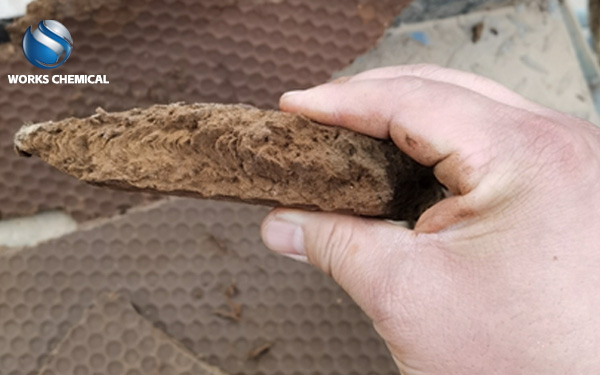
Printing and dyeing wastewater sludge according to the main components to be classified into organic sludge and inorganic sludge two categories. Biological sludge is organic sludge, with organic matter as the main component, the typical organic sludge is the residual biological sludge, in addition to the sludge formed by solid organic matter precipitation in sludge and wastewater. The characteristics of organic sludge are high organic content, easy to decompose and stink, fine sludge particles, often in the state of flocculation, relatively small density, high water content, strong water retention, not easy to sink compaction, dehydration, good mobility, easy pipeline transportation. Inorganic sludge is the main component of inorganic substances, also known as mud, sludge produced by chemical treatment methods, such as coagulation precipitation and chemical sediment, the characteristics of inorganic sludge are relatively high density, large group particles, easy to precipitate, compaction, dehydration, poor water retention of particles, low moisture content, good stability of sludge, no corrosion and poor fluidity, not easy to be transported by pipeline.

As we all know, after the general sewage treatment, 0.3%~0.5% of the sludge (moisture content 97%) is produced, that is, the treatment of 1000 tons of wastewater produces 3~5m3 of sludge, which is dehydrated into about 0.6m3 of dry mud (moisture content about 80%). Due to the large organic content and high concentration of printing and dyeing wastewater, the sludge amount of physical and chemical treatment can be as high as 1% to 3%. Based on the calculation of 1% sludge produced by the biochemical and physicochemical treatment process, 10 tons of wet sludge will be produced for every 1000 tons of dyeing and finishing wastewater, and 1.5m3 of dry sludge will be produced after dehydration. For a daily treatment of 10,000 tons of printing and dyeing wastewater plant, 15m3 of dry sludge is produced every day. Printing and dyeing plant such a large amount of sludge treatment per day, if the sludge treatment process is high water content, improper selection of sludge conditioner, poor flocculation state, etc., which will undoubtedly add more costs to the printing and dyeing plant.
In the case of poor economic situation, the choice of more cost-effective sludge conditioner, printing and dyeing plant sludge conditioner, can deeply dehydrate the printing and dyeing sludge, mainly to add a small amount, produce less mud cake, while reducing the cost of solid waste treatment. Printing and dyeing plant sludge conditioner is mainly used in printing and dyeing plant sludge press filtration, sludge drying, reduce sludge moisture content, the amount of 100-1000ppm. Dilute the product 40 times before use.